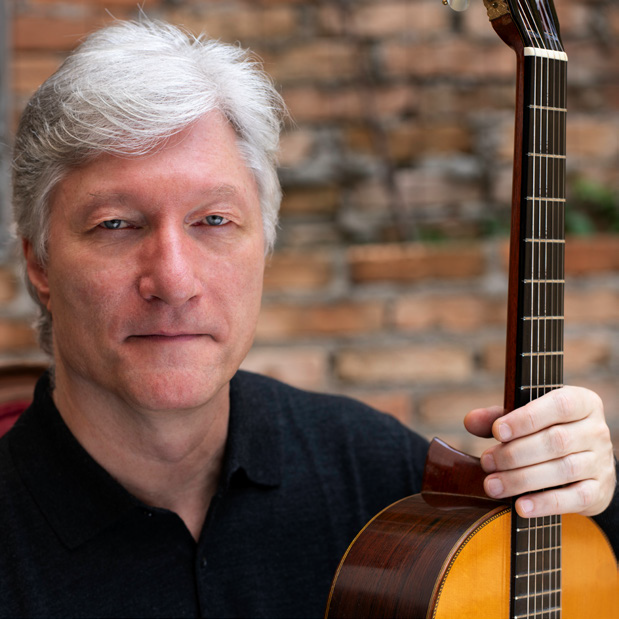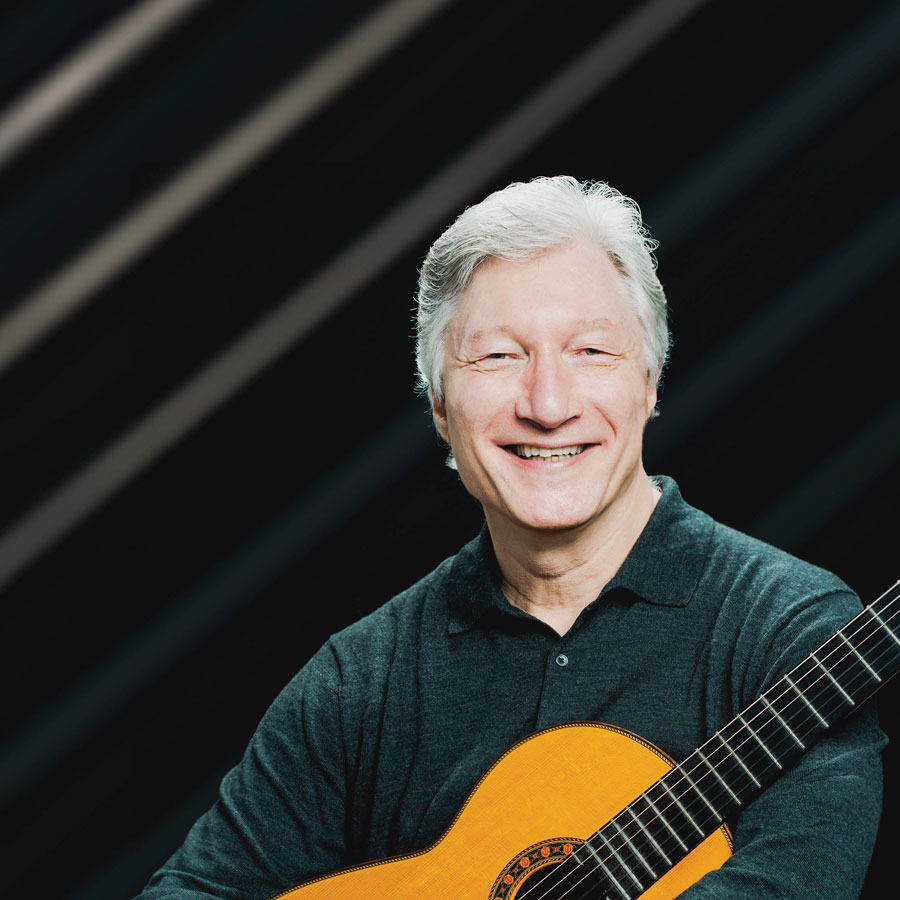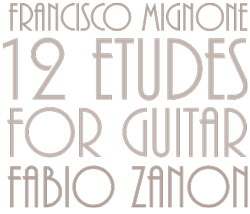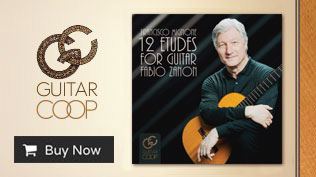
Estética da absorção de Francisco Mignone
Francisco Mignone became a composer in a moment of inflection in Brazilian culture: São Paulo, the city in which he was born in raised – no longer a mere commercial outpost – was rapidly expanding to become the financial and industrial center of the country. A city in which a few neighborhoods quickly became, due to widespread immigration, something like an extension of Italy, Mignone grew up immersed in what can be described as a musical battle between Italian canzonettas, country music, and urban popular idioms with heavy African influence, such as the batuques and maxixes. This period was also the age in which aesthetic debates, driven above all by Mario de Andrade, sought to “conform the human production of the country with national reality,” a search for national character in Brazilian classical music that had the Semana de Arte Moderna of 1922 as its shining moment.
In this context, Villa-Lobos worked relatively independently while the youngsters Mignone and Camargo Guarnieri were actively mentored by Andrade. With a robust musical background, Mignone felt comfortable absorbing various influences and mirroring them in music. In the short seasons in which he lived in Europe, he incorporated traces of Italian, Spanish, French, and Russian music, purposefully distancing himself from a German “philosophical” idiom less appropriate for the social debates that raged in his homeland. His music, thus, became more or less attached to folklore with the passing decades, responding to the ascension and fall of the various periods of nationalistic authoritarianism that characterize the global landscape of the 20th century. (His work in the 1960s even included a predominantly atonal phase).
In a self-deprecating quip, he admits that his music is the fruit of influences that he finds impossible to reconcile and that, from the heights of his technical talent, he could choose how to compose without ever signing onto a specific aesthetic agenda. As with Prokofiev or Kurt Weill, Mignone’s music was read in parallel to the historical and political forces that animate the 20th century. One hundred years later, his music can, at last, be listened for what it was, and not for its relationship to avant-garde experimentalism or conformity, that is, for its connections to the various aesthetic movements then in vogue.
This is, indeed, what unfolds in the 12 Studies for Guitar composed in 1970, a moment in which Mignone reanimates his nationalistic tendencies from the 1920s, alienating many of his younger colleagues. Today, the fluency with which he transitions between nostalgic inspiration, naïve and/or sentimental writing, and a precise control of the structural unraveling of the composition make these works something of a reinvention of the very genre of the guitar étude, a modernist response to Liszt’s transcendental study.
Mignone considered the guitar an instrument of serenades; his interest in the instrument was only kindled by the meeting with the great guitar instructor Isaías Savio and concert artist Carlos Barbosa Lima in the International Guitar Seminar of Porto Alegre in 1970. Their friendship inspired the composer – already in his 70s – to write, between August and September of 1970, the 12 Studies, the 12 Waltzes in Study Form dedicated to Savio and many shorter works, and, a few years later, the Concerto for Guitar and Orchestra. Initially, Mignone wanted to add a subtitle to each study, an idea that he eventually abandoned; in the manuscript, however, n.7 is still listed as “Lullaby” while n. 11 is marked “Spleen.” Mignone’sinvoluntary aesthetics of absorption acts in nearly all of the studies. N.1, which should be called “Homage to Tárrega,” recalls the melody of the 2nd movement of Brahms’ Fourth Symphony. Brazilian rhythms figure in many of the studies (n. 3, 5, 6, 8, and 9) while others (n. 10 and n. 12) evoke Chopin (particularly the 4th Prelude and nos. 2 and 4 of the Studies op. 10).
Study n. 4 is a high virtuosity tour de force; behind a somewhat naïve façade, n.3 transitions fluidly between the idioms of the choro from Rio de Janeiro to modal figurations characteristic of the countryside or the Northeast of the country. The same occurs in study n. 9: this dialogue between the urban and the regional, the erudite and the popular, the historical and the modern is one of the most instigating features of the cycle.
The collection does not follow a tonal organization, but it evinces a strong predilection for G major, which is refracted in the choices of keys for the other studies, overwhelmingly inspired by the guitar’s open strings (n. 7, in F# minor and n.10 in F minor are the exceptions). There is also a structural alternation between even and odd studies: even studies often feature ABA forms while the compositional structure of the “odds” is more flexible and fluid.
Brazilian Song (Canção Brasileira) is a work that Mignone reworked on many occasions; the current version was published by the journal Guitar Review and was edited by Barbosa Lima. The atmospheric Lenda Sertaneja, on the other hand, is a reelaboration of the Lenda Sertaneja n.7 for piano, composed in 1932; this version was dedicated to Turíbio Santos, guitarist who, along with Barbosa Lima, greatly contributed to an expansion of the Brazilian classical guitar repertoire.
GuitarCoop Store
Francisco Mignone’s 12 Etudes for Guitar
Fabio Zanon Guitar
Musics
01 Lenda Sertaneja
02 Estudo 01
03 Estudo 02
04 Estudo 03
05 Estudo 04
06 Estudo 05
07 Estudo 06
08 Estudo 07
09 Estudo 08
10 Estudo 09
11 Estudo 10
12 Estudo 11
13 Estudo 12
14 Brazilian Song



 Português
Português








